
Raman spectroscopy has historically damaged live proteins during optical measurements, leading to inconsistent results. Researchers from Texas A&M University and TEES have introduced a new approach called thermostable-Raman-interaction-profiling (TRIP), allowing low-concentration, low-dose screenings for protein-to-ligand interactions in relevant conditions, promising label-free, highly reproducible measurements, and potential applications in rapid and cost-effective drug, vaccine, and virus testing, and DNA analysis.
Raman spectroscopy, a technique for analyzing chemicals by projecting monochromatic light onto a sample and observing the scattered light that comes out, has been a source of frustration for biomedical researchers for over 50 years. The heat produced by the light almost destroys live proteins during the optical measurements, resulting in reduced and non-repeatable results. As of recently, however, those frustrations may now be a thing of the past.
A group of researchers with the Institute for Quantum Sciences and Engineering at Texas A&M University and the Texas A&M Engineering Experiment Station (TEES) have developed a new technique that allows low-concentration and low-dose screenings of protein-to-ligand interactions in physiologically relevant conditions. Titled thermostable-Raman-interaction-profiling (TRIP), this new approach is a paradigm-shifting answer to a long-standing problem that provides label-free, highly reproducible Raman spectroscopy measurements.
“Protein is a very fragile biological molecule and needs specific care,” said lead author and postdoctoral research assistant Dr. Narangerel Altangerel. “When I cool down the surface or substrate, I can make the proteins happy. I can poke them with the laser, and they can now output the information I need.”
While the proteins studied are on a molecular level, the implications of these findings could be huge. Like a lock and key, a protein-ligand interaction is the first step in processes like signal transduction, immune responses, and gene regulation. Due to TRIP’s ability to detect protein-ligand interactions in real-time, the timeline for drug and vaccine testing may be shortened. Another application could be clinical, turning lengthy tests to detect a virus into same-day turnaround with accurate results.
“The whole idea from the spectroscopy statute is that it requires minimum to none for sample preparation, so this can be moved into the clinic right away,” said co-author and University Professor in the Department of Biomedical Engineering Dr. Vladislav Yakovlev. “Clinicians and patients don’t have to wait for days and weeks of analysis. You can get all these answers almost right away.”
An additional benefit of the TRIP technique is that the sample size required to run the test is much smaller and requires a lower protein concentration, meaning a more cost-effective process for testing.
“I was buying 100 microliters of a sample for $3,500, then I have to share this sample with multiple people and end up with only a 20 to 30 microliter sample,” Altangerel said. “This forced me to use a smaller sample making Raman hard to do, as low-concentration samples make it a weak process. That made me challenge myself to try different things.”
Despite the breakthrough, the team is looking for other aspects in which the TRIP method could be useful.
“In a follow-up article, we are trying to identify the chemical composition of those proteins just using this technique so we can apply this to similar ideas related to DNA analysis and other biological molecules,” Yakovlev said. “Something that normally requires sequencing but utilizes TRIP, so you don’t need any sample preparation.”
“For a long time. people thought this was impossible to do,” Dr. Yakovlev said. “But Dr. Altangerel demonstrated that nothing, indeed, is impossible if you do things right.”
Reference: “Label-free drug interaction screening via Raman microscopy” by Narangerel Altangerel, Benjamin W. Neuman, Philip R. Hemmer, Vladislav V. Yakovlev, Navid Rajil, Zhenhuan Yi, Alexei V. Sokolov and Marlan O. Scully, 18 July 2023, Proceedings of the National Academy of Sciences.
DOI: 10.1073/pnas.2218826120
The project is supported by the Air Force Office of Scientific Research (AFOSR), the Office of Naval Research, the Robert A. Welch Foundation, TEES, the National Institutes of Health and the Texas A&M University X Grants Program.
The supporting team comprises faculty and students affiliated with the Institute for Quantum Sciences and Engineering. Additional authors credited are Dr. Benjamin Neuman in the Department of Biology, Dr. Philip Hemmer in the Department of Electric and Computer Engineering, Navid Rajil, Dr. Zhenhuan Yi, Dr. Alexei Sokolov and principal investigator Dr. Marlan Scully in the Institute for Quantum Sciences and Engineering. Dr. Sofi Bin-Salamon served as the program officer for the AFOSR.


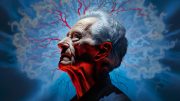
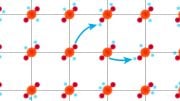
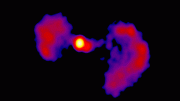
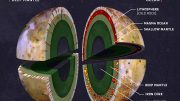
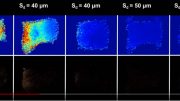

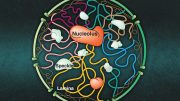
Be the first to comment on "Thought To Be Impossible – Novel Spectroscopy Technique Breaks Through 50 Years of Frustration"